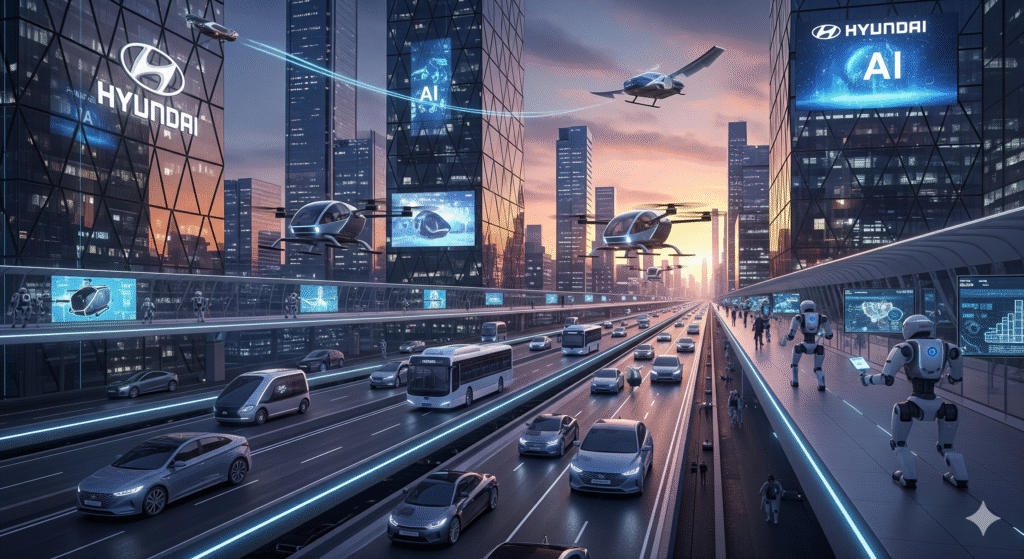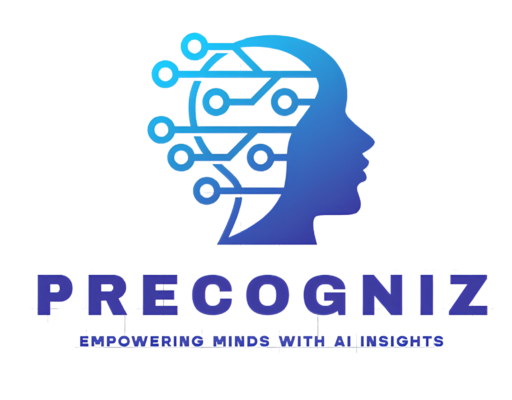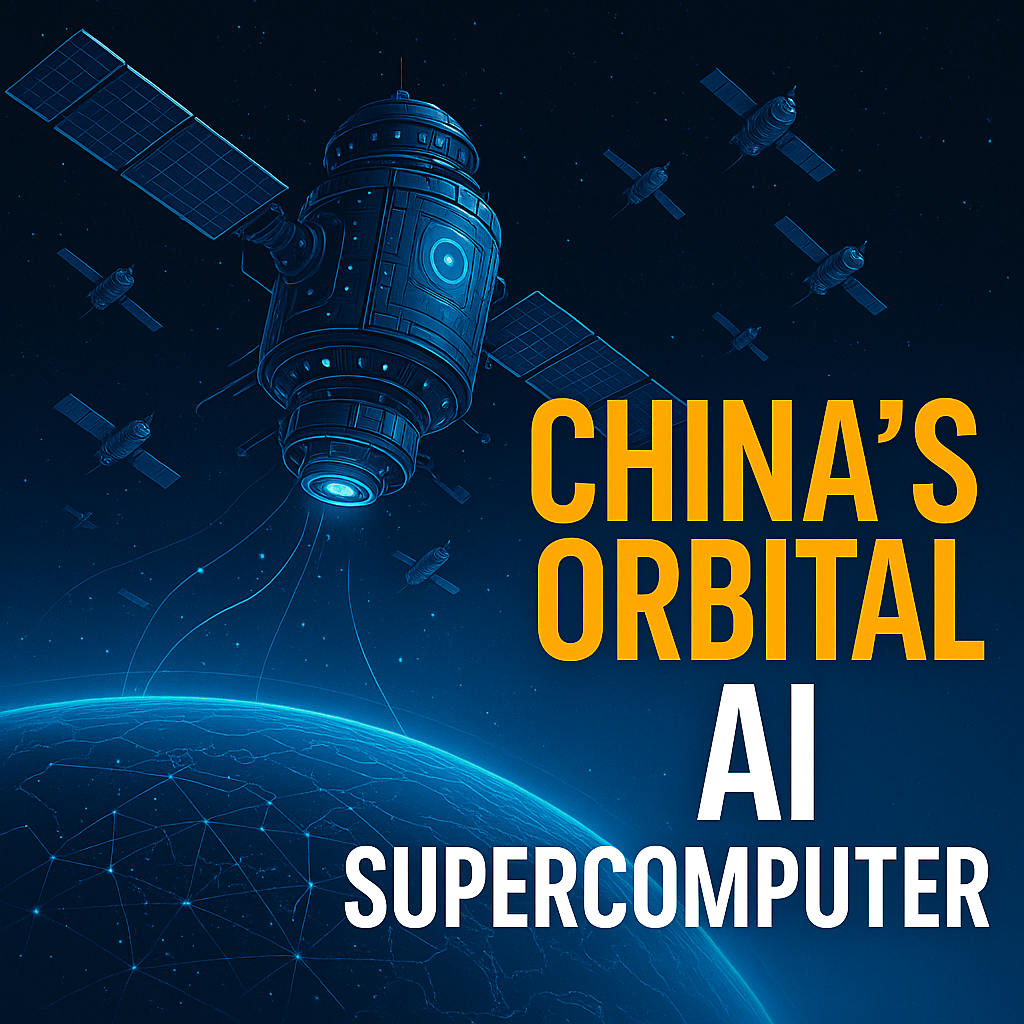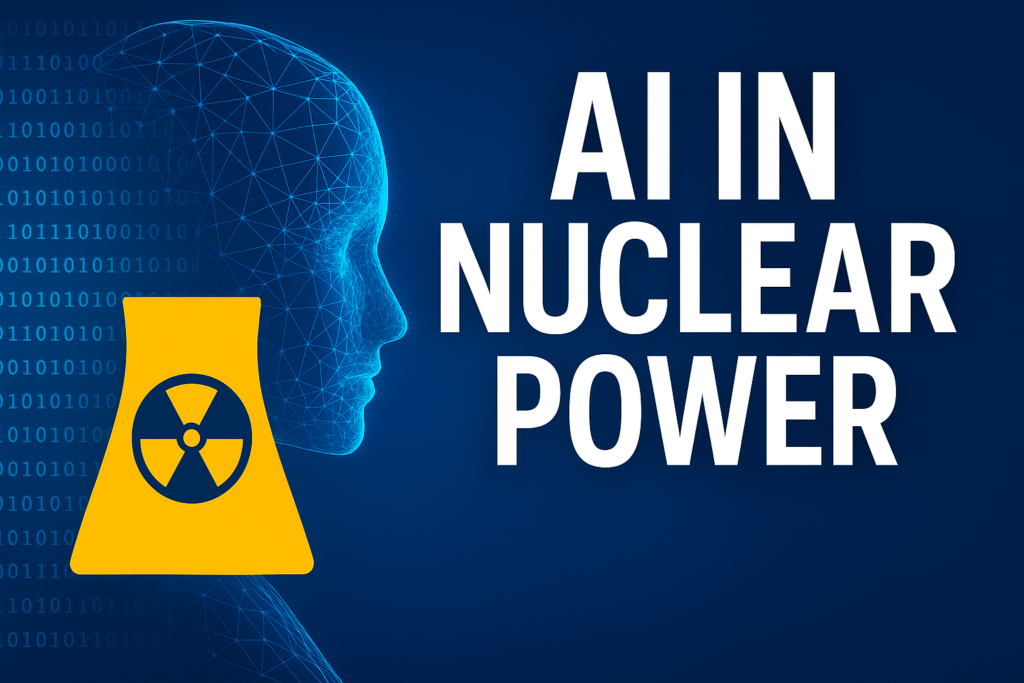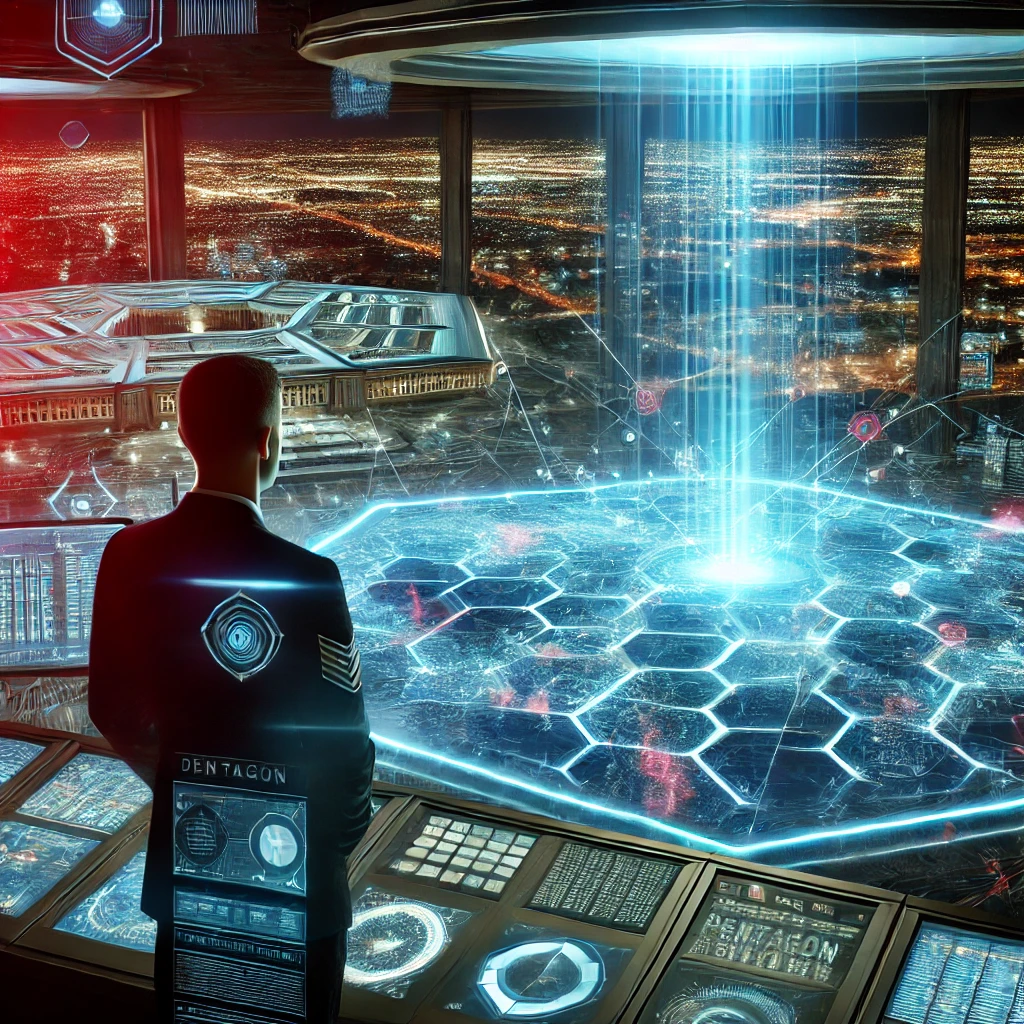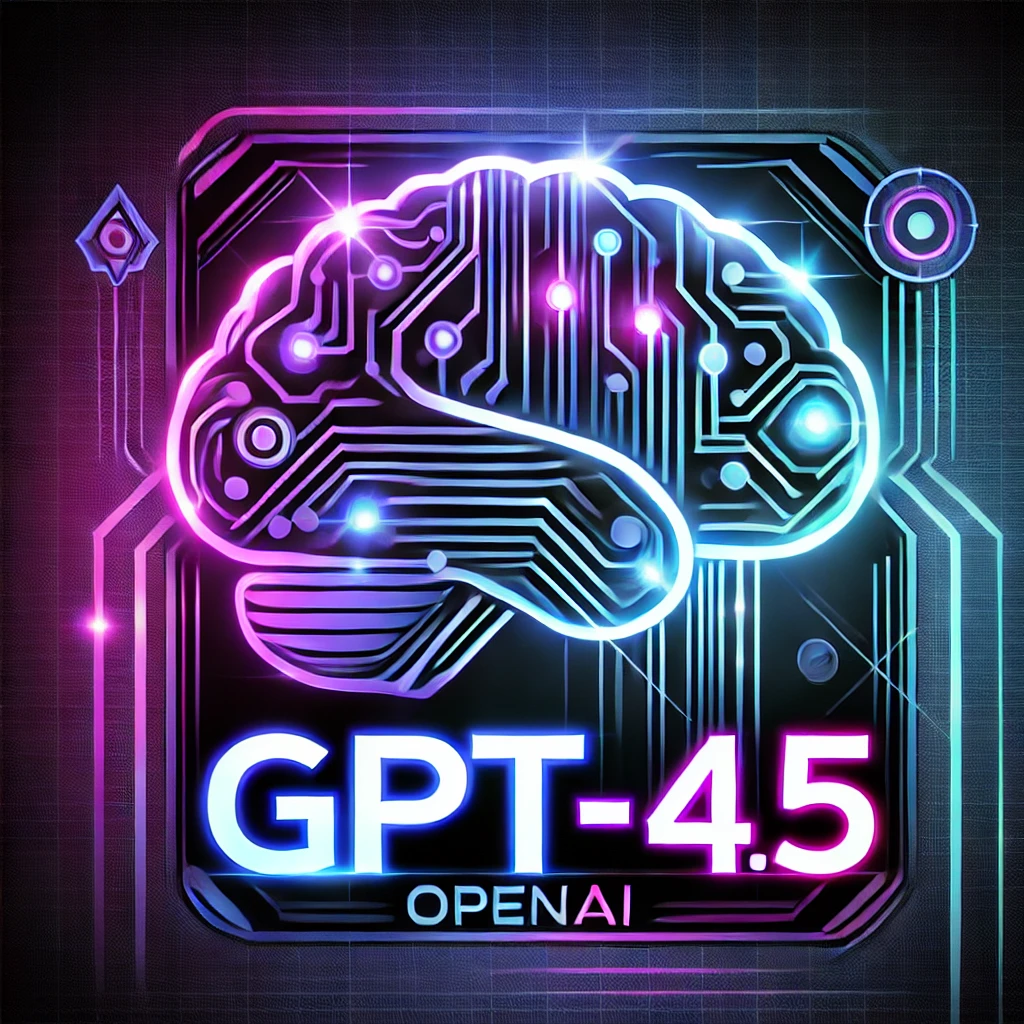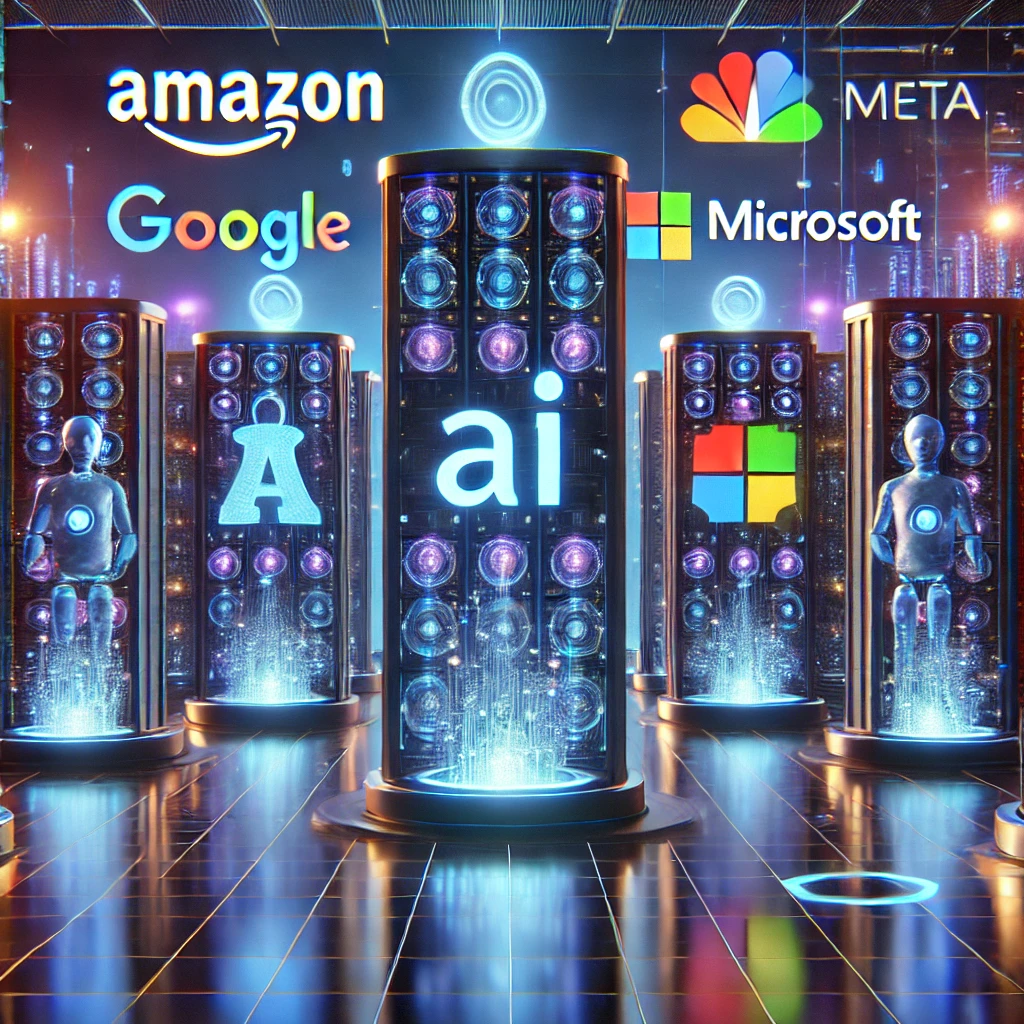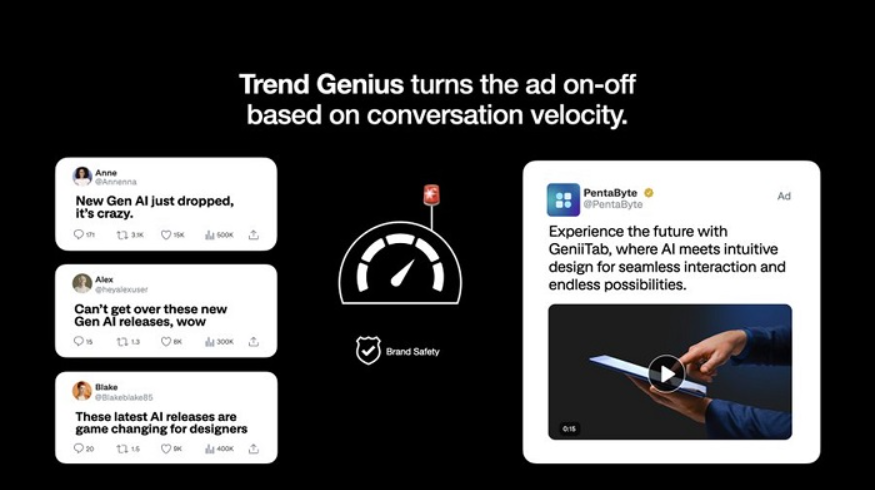-
0 Comments
Hyundai Motor Group is spearheading a significant transformation in the transportation industry by leveraging a wide range of AI-powered technologies. Rather than focusing solely on autonomous vehicles, the company is implementing a holistic approach that redefines mobility across manufacturing, vehicle design, and urban services.
This strategic shift, encapsulated in the “Progress for Humanity” vision, is highlighted by the establishment of the Next Urban Mobility Alliance (NUMA). This public-private partnership aims to create a future mobility ecosystem powered by AI and autonomous technologies.
Here are some key insights into Hyundai’s AI-driven initiatives:
Manufacturing and Production: Hyundai is revolutionizing its factories by integrating AI and robotics. The new Hyundai Motor Group Metaplant America (HMGMA) in Georgia is a prime example, using at least 23 AI or robotic systems per vehicle. This includes AI-driven robots for quality inspection and digital twins—virtual models of the production process—to optimize efficiency, reduce waste, and identify issues in real-time.
Advanced Driver Assistance and Autonomous Driving: The company is advancing autonomous driving through partnerships with companies like NVIDIA and Motional. Their IONIQ 5 Robotaxi, a Level 4 autonomous vehicle, is a key project, using an AI-driven perception system with multiple sensors to navigate complex urban environments. Hyundai’s focus is on enhancing safety and accessibility for all passengers.
Inclusive Urban Mobility Services: Hyundai is not just building cars; it’s creating services. The “Shucle” platform is an AI-based demand-responsive transportation (DRT) service that uses dynamic routing to optimize vehicle operations based on real-time needs. This system is designed to provide efficient and flexible transport, particularly for communities with limited access.
Connected and Smart Vehicles: Hyundai’s Bluelink platform is at the heart of its connected mobility strategy. The system uses AI to offer personalized insights and features, including voice commands in multiple languages. This focus on software-defined vehicles (SDVs) allows for over-the-air (OTA) updates, enabling vehicles to get new features and performance enhancements without a visit to a service center.
Robotics for a “Mobility of Things” Ecosystem: Beyond vehicles, Hyundai is developing service robots like DAL-e (a customer service robot) and ACR (an electric vehicle charging robot). The company’s vision of a “Mobility of Things” (MoT) ecosystem aims to grant mobility to all objects, freeing people from constraints of time and space.Based on the information available, Hyundai is overhauling transportation by implementing a comprehensive AI strategy across its entire business, from manufacturing to mobility services. This goes beyond just autonomous vehicles to include robotics, connected cars, and smart factory technologies.
